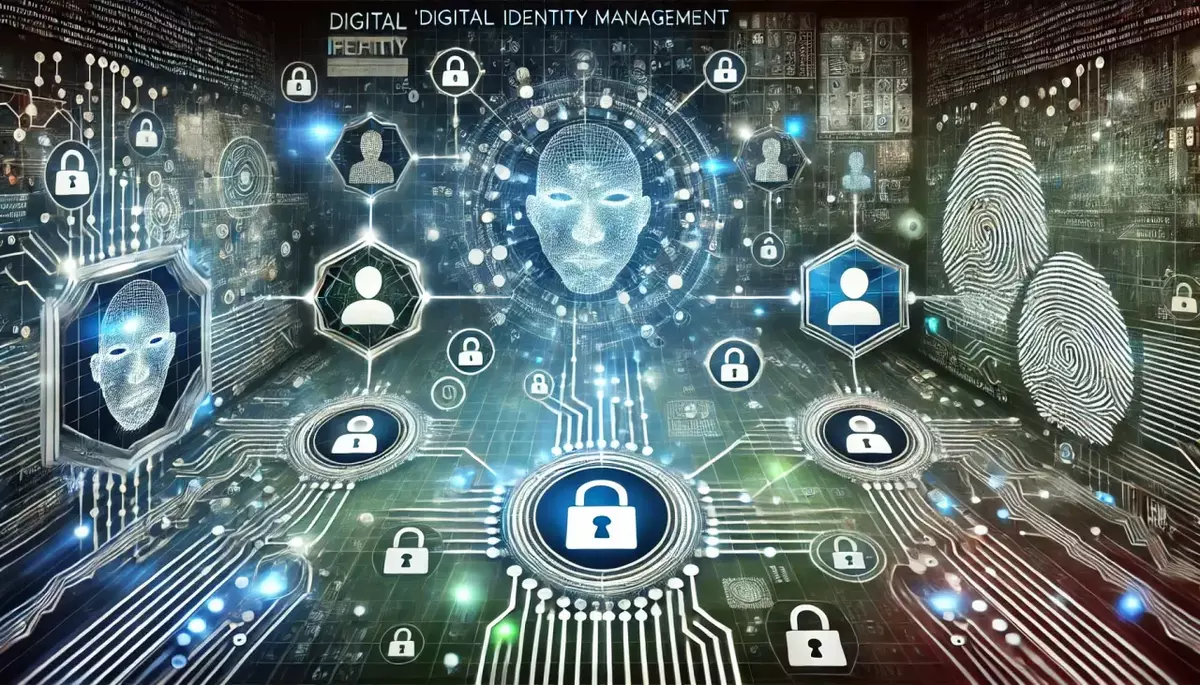Introduction
The traditional network security model, which relies on a perimeter-based approach with a trusted internal network and untrusted external network, is no longer sufficient in the modern digital landscape. The Zero Trust security model has emerged as a more robust and adaptable approach to protecting organizations from cyber threats.
What is the Zero Trust Security Model?
The Zero Trust security model is a cybersecurity strategy that abandons the traditional “trust but verify” approach and instead assumes that all users, devices, and applications are untrusted by default. This model focuses on continuously verifying and validating every access request, regardless of the user’s location or the device they are using.
Key Principles of Zero Trust:
- Verify Explicitly: Authenticate and authorize users and devices based on all available data points, including user identity, location, device health, service or workload, data classification, and anomalies.
- Use Least Privileged Access: Grant the minimum access required for a user or device to perform their tasks, and nothing more.
- Assume Breach: Continuously monitor and verify the security posture of users, devices, and applications, even after initial authentication and authorization.
How Does the Zero Trust Security Model Work?
The Zero Trust security model relies on a set of core components and technologies to implement its principles:
Key Components of Zero Trust:
- Identity and Access Management (IAM): Robust identity verification, multi-factor authentication, and fine-grained access control policies.
- Device and Application Security: Continuous monitoring and assessment of device health, software vulnerabilities, and application behavior.
- Network Segmentation and Micro-segmentation: Dividing the network into smaller, isolated segments to limit the lateral movement of threats.
- Data Protection: Encryption, data loss prevention, and access controls to protect sensitive data.
- Threat Detection and Response: Advanced analytics, machine learning, and automated incident response to detect and mitigate threats in real-time.
Benefits of the Zero Trust Security Model
The Zero Trust security model offers several key benefits to organizations:
Improved Security Posture:
- Reduces the attack surface by eliminating implicit trust and continuously verifying access.
- Enhances visibility and control over users, devices, and applications accessing the network.
- Enables faster detection and response to security incidents and data breaches.
Increased Flexibility and Scalability:
- Supports remote and hybrid work environments by securing access from any location.
- Adapts to changing business needs and emerging technologies without compromising security.
- Simplifies the management of complex, distributed IT environments.
Cost Savings and Operational Efficiency:
- Reduces the need for traditional perimeter-based security solutions.
- Streamlines security operations and incident response processes.
- Enables better utilization of security resources and personnel.
Implementing the Zero Trust Security Model
Transitioning to a Zero Trust security model requires a comprehensive, phased approach:
Key Steps in Implementation:
- Assess the Current Security Posture: Evaluate the existing security infrastructure, policies, and processes to identify gaps and areas for improvement.
- Define the Zero Trust Strategy: Establish a clear vision, objectives, and a roadmap for implementing the Zero Trust model.
- Implement Core Zero Trust Components: Deploy the necessary technologies and solutions to enable identity management, device security, network segmentation, and threat detection.
- Continuously Monitor and Improve: Regularly review and refine the Zero Trust implementation based on evolving threats, business requirements, and technological advancements.
Challenges and Considerations
Adopting the Zero Trust security model is not without its challenges:
- Legacy Infrastructure and Applications: Integrating older systems and applications with the Zero Trust architecture can be complex and time-consuming.
- User Experience and Adoption: Implementing stricter access controls and security measures may impact user productivity and require extensive change management.
- Data Privacy and Compliance: Organizations must ensure that the Zero Trust implementation aligns with relevant data privacy regulations and industry standards.
- Ongoing Maintenance and Optimization: Continuously monitoring, updating, and optimizing the Zero Trust security model requires dedicated resources and expertise.
Conclusion
The Zero Trust security model represents a fundamental shift in how organizations approach cybersecurity. By abandoning the traditional perimeter-based approach and continuously verifying and validating access, the Zero Trust model offers a more robust and adaptable way to protect against modern cyber threats. As organizations navigate the complexities of the digital landscape, the adoption of the Zero Trust security model can be a critical step in enhancing their overall security posture.
This knowledge base article is provided by Fabled Sky Research, a company dedicated to exploring and disseminating information on cutting-edge technologies. For more information, please visit our website at https://fabledsky.com/.
References
- NIST Special Publication 800-207, “Zero Trust Architecture”
- Forrester Research, “The Zero Trust eXtended (ZTX) Ecosystem”
- Gartner, “The Future of Network Security Is in the Cloud”
- Microsoft, “Zero Trust Deployment Guide”
- CISA, “Zero Trust Maturity Model”


























